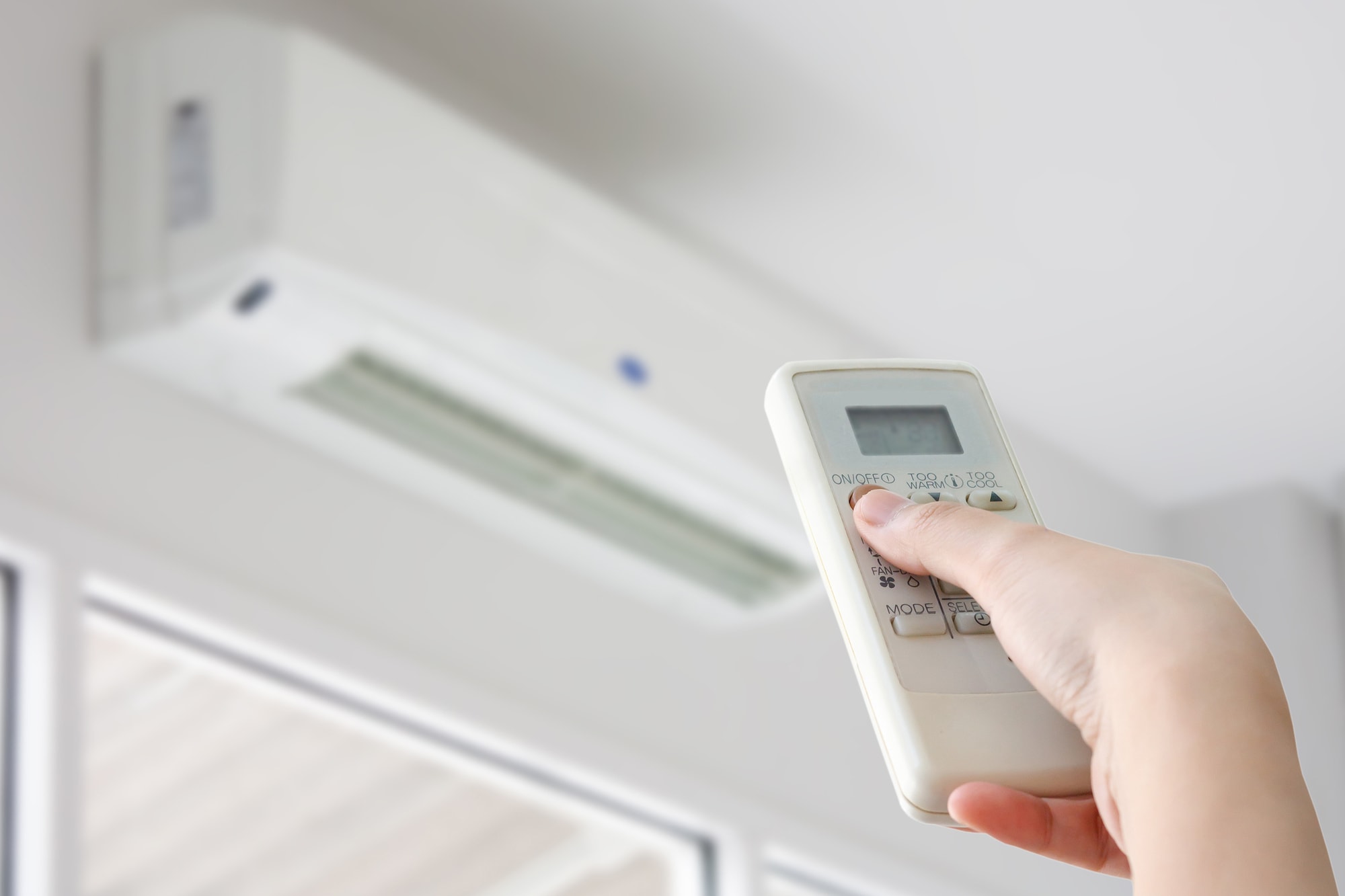

Articles
How To Save Energy With AC
Modified: October 20, 2024
Discover effective articles on saving energy with your AC and reducing electricity bills. Follow our tips and tricks to optimize energy usage and stay comfortable while saving money.
(Many of the links in this article redirect to a specific reviewed product. Your purchase of these products through affiliate links helps to generate commission for Storables.com, at no extra cost. Learn more)
Introduction
Welcome to the era of modern living, where air conditioning has become a necessity. As temperatures rise, we rely on air conditioning (AC) units to provide us with cool, comfortable environments. However, the increased use of AC comes at a cost. Energy consumption and utility bills can skyrocket, and the environmental impact can be significant. That’s why it’s crucial to understand how to save energy with AC and adopt energy-efficient practices.
In this article, we will explore various tips and techniques to help you optimize your AC usage while minimizing energy consumption. By implementing these strategies, you can reduce your carbon footprint and save money on your monthly bills.
Key Takeaways:
- Optimizing your AC usage through simple strategies like setting the thermostat wisely, using natural ventilation, and maintaining your unit can significantly reduce energy consumption and lower your monthly bills.
- Considering alternative cooling methods, proper insulation, and ventilation can enhance energy efficiency, minimize environmental impact, and create a sustainable and comfortable living space.
Understanding Air Conditioning
Before we delve into energy-saving strategies, it’s important to understand how air conditioning works. AC removes heat and moisture from indoor air, creating a more comfortable environment. Traditional AC units use a refrigerant to cool and dehumidify the air, which is then circulated back into the room.
However, the energy consumption of AC units can be quite significant, especially in hot climates or during hot summer months. To minimize energy usage, it’s crucial to follow energy-efficient practices and make smart choices when it comes to installing and operating your AC unit.
Tips for Energy Efficient Use of AC
Here are some practical tips to save energy with AC:
- Set the temperature wisely: Set your thermostat to the highest comfortable temperature. Each degree you raise the thermostat can save you up to 3% on cooling costs. Consider using fans to circulate cool air, as they consume less energy than AC units.
- Use a programmable thermostat: A programmable thermostat allows you to automatically adjust the temperature based on your schedule. Set it to increase the temperature when you’re away from home to save energy, and lower it before you return to ensure a comfortable living space.
- Maintain your AC unit: Regular maintenance is crucial for optimal performance. Clean or replace air filters regularly to improve airflow and reduce strain on the unit. Schedule professional maintenance at least once a year to ensure the AC system is running efficiently.
- Seal air leaks: Inspect your home for air leaks around windows, doors, and ducts. Seal any gaps with weather stripping or caulking. This helps prevent cool air from escaping and hot air from entering your home, reducing the load on your AC unit.
- Use natural ventilation: Take advantage of cooler evenings and nights by turning off the AC and opening windows to allow natural airflow. Use ceiling fans or portable fans to enhance circulation.
- Keep blinds and curtains closed: Block out direct sunlight by using blinds, curtains, or reflective window films. This prevents heat from entering your home and reduces the need for excessive cooling.
- Use energy-efficient AC units: When purchasing a new AC unit, look for the Energy Star label. These units are designed to consume less energy while providing efficient cooling. Additionally, consider the size of the unit to ensure it matches the cooling needs of your space.
By following these simple yet effective tips, you can significantly reduce your energy consumption and save both money and the environment.
Key Takeaways:
- Optimizing your AC usage through simple strategies like setting the thermostat wisely, using natural ventilation, and maintaining your unit can significantly reduce energy consumption and lower your monthly bills.
- Considering alternative cooling methods, proper insulation, and ventilation can enhance energy efficiency, minimize environmental impact, and create a sustainable and comfortable living space.
Understanding Air Conditioning
Before we delve into energy-saving strategies, it’s important to understand how air conditioning works. AC removes heat and moisture from indoor air, creating a more comfortable environment. Traditional AC units use a refrigerant to cool and dehumidify the air, which is then circulated back into the room.
The process of air conditioning involves four main components: the compressor, condenser, expansion valve, and evaporator. The refrigerant flows through these components, undergoing phase changes and heat exchanges to create the cooling effect.
The compressor is the heart of the AC unit. It compresses the refrigerant gas, increasing its temperature and pressure. The hot, pressurized gas then flows into the condenser, where it releases heat to the surrounding environment and condenses into a high-pressure liquid.
Next, the high-pressure liquid refrigerant passes through the expansion valve, which controls the flow rate of the refrigerant. As it expands, the refrigerant becomes a low-pressure liquid and enters the evaporator. In the evaporator, the refrigerant absorbs heat from the indoor air, causing it to evaporate and turn back into a gas.
During this evaporation process, heat energy is transferred from the indoor air to the refrigerant. The cooled indoor air is then circulated back into the room, while the warm refrigerant gas returns to the compressor to repeat the cycle.
It’s important to note that air conditioning not only cools the air but also dehumidifies it. When warm air passes over the evaporator coils, moisture in the air condenses on the coils and is collected in a drain pan or expelled through a drain pipe. This helps to reduce humidity levels and improve comfort.
However, air conditioning consumes a significant amount of energy, particularly during hot weather when the demand for cooling is high. This energy usage contributes to higher electricity bills and increased carbon emissions, which have a negative impact on the environment.
Therefore, it’s important to use air conditioning wisely and implement energy-efficient practices to minimize energy consumption without compromising comfort. In the following sections, we will explore different strategies to save energy with AC while maintaining a cool and comfortable living space.
Tips for Energy Efficient Use of AC
Here are some practical tips to save energy with AC:
- Set the temperature wisely: Set your thermostat to the highest comfortable temperature. Each degree you raise the thermostat can save you up to 3% on cooling costs. Consider using fans to circulate cool air, as they consume less energy than AC units.
- Use a programmable thermostat: A programmable thermostat allows you to automatically adjust the temperature based on your schedule. Set it to increase the temperature when you’re away from home to save energy, and lower it before you return to ensure a comfortable living space.
- Maintain your AC unit: Regular maintenance is crucial for optimal performance. Clean or replace air filters regularly to improve airflow and reduce strain on the unit. Schedule professional maintenance at least once a year to ensure the AC system is running efficiently.
- Seal air leaks: Inspect your home for air leaks around windows, doors, and ducts. Seal any gaps with weather stripping or caulking. This helps prevent cool air from escaping and hot air from entering your home, reducing the load on your AC unit.
- Use natural ventilation: Take advantage of cooler evenings and nights by turning off the AC and opening windows to allow natural airflow. Use ceiling fans or portable fans to enhance circulation.
- Keep blinds and curtains closed: Block out direct sunlight by using blinds, curtains, or reflective window films. This prevents heat from entering your home and reduces the need for excessive cooling.
- Use energy-efficient AC units: When purchasing a new AC unit, look for the Energy Star label. These units are designed to consume less energy while providing efficient cooling. Additionally, consider the size of the unit to ensure it matches the cooling needs of your space.
By following these simple yet effective tips, you can significantly reduce your energy consumption and save both money and the environment. Remember, energy-efficient use of AC is not only beneficial for your wallet but also helps to combat climate change and preserve our planet for future generations.
Proper Installation and Maintenance
Proper installation and regular maintenance of your AC unit are vital for maximizing energy efficiency and extending its lifespan. Here are some important considerations:
1. Professional Installation: It’s crucial to have your AC unit installed by a qualified professional. Improper installation can lead to poor performance, inefficient operation, and increased energy consumption. A professional technician will ensure that the unit is correctly sized and installed according to industry standards.
2. Regular Cleaning: Routine cleaning of your AC unit is essential to maintain optimal airflow and prevent dust and debris buildup. Clean or replace air filters every 1-3 months, or as recommended by the manufacturer. Dirty filters can obstruct airflow, increase energy usage, and compromise air quality.
3. Check for Leaks: Inspect the refrigerant lines and connections for any leaks. Leaking refrigerant not only reduces cooling efficiency but also harms the environment. If you suspect a refrigerant leak, contact a professional technician for repairs.
4. Clean Condenser Coils: The condenser coils of your AC unit can accumulate dirt and debris over time, inhibiting heat transfer and reducing efficiency. Regularly clean the condenser coils by gently spraying them with water or using a soft brush to remove dirt buildup.
5. Properly Insulate Ductwork: Ensure that your ductwork is properly insulated and sealed to prevent air leakage. Leaky ducts can lead to loss of cooled air, causing your AC unit to work harder and consume more energy. Use duct tape or mastic sealant to seal any gaps or cracks in the ductwork.
6. Optimized Thermostat Placement: Place your thermostat away from direct sunlight, heating sources, and drafts. Direct exposure to external factors can cause inaccurate temperature readings and result in overcooling or overheating, leading to wasted energy.
7. Schedule Professional Maintenance: It’s recommended to have your AC unit professionally serviced at least once a year. A technician can inspect and clean the components, check refrigerant levels, lubricate moving parts, and identify any potential issues before they become major problems.
8. Consider an Energy Audit: If you want to optimize your home’s energy efficiency, consider getting an energy audit. This assessment by a professional technician can identify areas of improvement and recommend measures to reduce energy consumption, including for your AC system.
By ensuring proper installation and performing regular maintenance, you can maximize the energy efficiency of your AC unit, extend its lifespan, and enjoy optimal comfort while reducing your environmental impact.
Keep your AC unit well-maintained by regularly cleaning or replacing the air filters. This will ensure that it runs efficiently and uses less energy.
Choosing the Right AC Unit
Choosing the right AC unit for your home is crucial for energy efficiency and optimal cooling performance. Here are some factors to consider:
1. Size: A properly sized AC unit is essential for efficient cooling. An undersized unit will struggle to cool your space, leading to increased energy consumption and reduced comfort. On the other hand, an oversized unit will cycle on and off frequently, resulting in inefficient operation. Consult with a professional to determine the appropriate size based on the square footage, insulation, and other factors of your home.
2. Energy Efficiency: Look for AC units with high energy efficiency ratings. The Seasonal Energy Efficiency Ratio (SEER) measures the cooling output of the unit compared to the energy input. Opt for units with higher SEER ratings, as they consume less energy while providing efficient cooling. Energy Star certified units are recommended, as they meet strict energy efficiency standards.
3. Type of Unit: There are various types of AC units available, including central air conditioners, window units, ductless mini-split systems, and portable units. Consider the specific needs of your space, such as the number of rooms and the availability of ductwork, to determine the most suitable type of unit. Each type has its advantages and limitations in terms of efficiency and installation requirements.
4. Smart Features: Many modern AC units come with smart features and programmable settings. Smart thermostats provide advanced scheduling options and can be controlled remotely through mobile apps. These features allow for better control over temperature settings and energy usage, helping you save on cooling costs.
5. Noise Level: Consider the noise level of the AC unit, especially if it will be installed in a bedroom or living area. Look for units with low noise ratings or features like sound-dampening technology to ensure a quieter indoor environment.
6. Warranty and Maintenance: Check the warranty offered by the manufacturer, as it reflects their confidence in the quality of the unit. Additionally, consider the availability of maintenance services and replacement parts in your area. Regular maintenance is important for optimal performance and longevity of the AC unit.
7. Cost and Energy Savings: While it’s important to consider the upfront cost of the unit, also evaluate the long-term energy savings. Energy-efficient units may have a higher initial cost but can save you money on your monthly energy bills over time. Calculate the potential savings to make an informed decision.
8. Environmental Impact: Consider the environmental impact of the AC unit. Look for units that use eco-friendly refrigerants with low global warming potential. These refrigerants are better for the environment and contribute less to climate change.
By carefully considering these factors, you can choose an AC unit that is well suited to your needs, provides efficient cooling, and helps you save energy and money in the long run.
Programmable Thermostats
Programmable thermostats are a valuable tool in optimizing energy efficiency and comfort with your air conditioning system. These thermostats allow you to set specific temperature schedules for different times of the day, ensuring that your AC unit operates only when needed. Here’s why programmable thermostats are worth considering:
1. Energy Savings: The main advantage of programmable thermostats is the potential for energy savings. You can program the thermostat to automatically adjust the temperature based on your daily routines. For example, you can set it to a higher temperature while you’re away from home or sleeping, and lower it just before you return or wake up. This way, you avoid cooling an empty house or maintaining a lower temperature when it’s not necessary, saving energy and reducing your utility bills.
2. Customizable Schedules: Programmable thermostats offer a range of scheduling options to fit your lifestyle. You can create separate schedules for weekdays and weekends or customize settings for different zones in your home. This flexibility allows you to tailor the cooling settings to your specific needs and preferences.
3. Remote Control: Many programmable thermostats come with Wi-Fi connectivity, allowing you to control the temperature settings remotely through a mobile app. This feature is especially useful when your schedule changes unexpectedly or if you want to adjust the temperature before arriving home. Remote control functionality gives you greater control over your AC unit, ensuring comfort and efficiency at all times.
4. Temperature Consistency: Programmable thermostats help maintain consistent temperatures throughout the day. By eliminating manual adjustments, you can avoid temperature fluctuations and ensure a comfortable living environment.
5. Money Savings: The energy savings achieved through programmable thermostats can translate into significant cost savings over time. Studies have shown that properly using a programmable thermostat can reduce energy use and cooling costs by up to 10% or more. You’ll see the benefits on your monthly utility bills while also minimizing your carbon footprint.
6. Environmentally Friendly: Adopting energy-efficient practices with a programmable thermostat not only benefits your pocket but also has positive environmental implications. By reducing energy consumption, you contribute to lowering greenhouse gas emissions and combating climate change.
When choosing a programmable thermostat, consider the features and options that best suit your needs. Look for user-friendly interfaces, intuitive programming options, and compatibility with your AC unit. Consult with a professional to ensure proper installation and programming setup to maximize the benefits of your programmable thermostat.
By taking advantage of programmable thermostats, you can effortlessly regulate your home’s temperature, save energy, reduce costs, and create a comfortable indoor environment while minimizing your environmental impact.
Insulation and Sealants
Insulation and sealants play a crucial role in optimizing energy efficiency and reducing energy waste in your home’s air conditioning system. Proper insulation prevents heat transfer, while well-sealed areas prevent cool air from escaping and hot air from entering. Here’s why insulation and sealants are essential for energy efficiency:
1. Reduced Heat Gain: Insulation acts as a barrier to heat transfer, helping to keep the cool air inside and the hot air outside. By insulating your walls, ceilings, and floors, you can minimize the amount of heat that enters your home during hot weather. This reduces the load on your AC unit and allows it to run more efficiently, saving energy and lowering your cooling costs.
2. Sealed Ductwork: Properly sealed ductwork prevents air leakage, ensuring that cooled air reaches its intended destination. Air leaks in ducts can result in significant energy loss, as the cooled air escapes into unconditioned spaces such as attics or crawlspaces. Sealing these leaks with duct tape or mastic sealant helps maintain airflow to desired areas, maximizing energy efficiency.
3. Weather Stripping: Windows and doors are common areas where air leaks occur. Applying weather stripping along the edges of windows and doors helps seal gaps and prevent cool air from escaping and warm air from infiltrating. This reduces the workload on your AC unit and improves energy efficiency.
4. Caulking: Caulking is another effective method of sealing air leaks around windows, doors, and other gaps in your home’s structure. Caulk can be applied to small gaps and cracks, creating an airtight seal that prevents air infiltration. By sealing these openings, you can better control the indoor temperature and minimize energy waste.
5. Insulated Attic: An uninsulated or poorly insulated attic can allow heat to penetrate your home through the roof. By installing proper insulation in your attic space, you can reduce heat gain, improve energy efficiency, and create a more comfortable indoor environment.
6. Reflective Roof Coatings: Reflective roof coatings can help reduce heat absorption by reflecting the sun’s radiation away from the roof. This helps maintain lower temperatures in your home and reduces the strain on your AC unit. Consult with a professional roofer to determine the best type of reflective coating for your roof.
7. Window Treatments: The right window treatments can contribute to energy efficiency. Utilize blinds, curtains, or reflective window films to block direct sunlight and reduce heat gain. These treatments help keep your home cooler, alleviating the reliance on air conditioning to maintain comfortable temperatures.
Investing in insulation and sealants is a cost-effective way to improve the energy efficiency of your home’s air conditioning system. By reducing heat gain, minimizing air leaks, and maintaining proper temperature control, you can enhance comfort levels, save energy, and reduce your carbon footprint. Consult with professionals to assess and improve the insulation and sealing in your home for optimal results.
Ventilation and Airflow
Ventilation and airflow are vital factors in maintaining a comfortable and energy-efficient environment. Proper ventilation helps circulate fresh air and remove indoor pollutants, while adequate airflow ensures an even distribution of cooled air throughout your space. Here’s why ventilation and airflow are important:
1. Fresh Air Exchange: Good ventilation allows for the exchange of stale indoor air with fresh outdoor air. This helps remove odors, pollutants, and excess moisture from your home, creating a healthier and more pleasant living environment. Mechanical ventilation systems, such as exhaust fans or whole-house ventilation systems, are designed to enhance indoor air quality and provide adequate airflow.
2. Balanced Ventilation: Balanced ventilation systems utilize both supply and exhaust ventilation to provide controlled airflow. These systems ensure that an equal amount of fresh air is brought in as the stale air is exhausted. This balanced airflow helps maintain a healthy indoor environment while preventing negative pressure or excess humidity issues.
3. Air Duct Optimization: Properly designed and maintained air ducts ensure efficient airflow throughout your home. Well-insulated and sealed ductwork prevents air leakage and minimizes energy waste. Additionally, ensuring that vents and registers are not blocked by furniture or other obstructions allows for unrestricted airflow and better temperature control.
4. Ceiling Fans: Ceiling fans can supplement your air conditioning system by improving airflow and creating a cooling effect. They circulate air throughout the room, helping the cool air from your AC unit reach all corners. By using ceiling fans in conjunction with your AC, you can increase comfort while potentially raising the thermostat temperature, thus saving energy.
5. Natural Ventilation: Opening windows and doors to allow natural airflow can be an effective way to cool your home when outdoor conditions are favorable. Cross ventilation can be achieved by strategically placing windows or doors to create a path for fresh air to enter and hot air to exit. This natural cooling method helps reduce reliance on air conditioning during mild weather, saving energy in the process.
6. Regular Maintenance: Maintaining your ventilation systems and air filters is important to ensure sufficient airflow. Clean or replace air filters regularly to keep them free of dust and debris, which can obstruct airflow and reduce the efficiency of your AC unit. Professional maintenance of your ventilation system, including the cleaning of ductwork and fans, will help optimize airflow and overall system performance.
7. Zoning Systems: Zoning systems divide your home into separate zones, each with its own thermostat and independent control over airflow. This allows you to customize cooling settings for different areas of your home, optimizing comfort and energy efficiency. Zoning systems ensure that conditioned air is directed only to occupied areas, minimizing wasted energy.
By paying attention to ventilation and airflow, you can improve indoor air quality, enhance comfort levels, and maximize the energy efficiency of your air conditioning system. Consult with professionals to assess and optimize ventilation options and airflow in your home for the best results.
Alternative Cooling Methods
While air conditioning is a widely used and effective cooling solution, there are alternative methods that can help reduce energy consumption and provide relief from the heat. These methods can be used on their own or in conjunction with your air conditioning system. Here are some alternative cooling methods to consider:
1. Fans: Fans are a simple and energy-efficient way to cool your home. Ceiling fans, floor fans, and table fans can help circulate air and create a cooling effect. Using fans in conjunction with your air conditioning system allows you to raise the thermostat temperature while maintaining a comfortable environment, thus reducing energy consumption.
2. Evaporative Cooling: Evaporative cooling, also known as swamp cooling, is an effective method in dry climates. It works by using the natural process of evaporation to cool the air. Water is sprayed or passed over cooling pads, and as it evaporates, it absorbs heat and lowers the temperature. Evaporative coolers are energy-efficient and can provide a significant cooling effect, especially in areas with low humidity.
3. Window Coverings: Utilizing window coverings, such as blinds, curtains, or reflective films, can help reduce heat gain from sunlight. These coverings block or reflect the sun’s rays, preventing them from heating up your home. By keeping direct sunlight out, you can minimize the need for excessive cooling and reduce energy consumption.
4. Natural Ventilation: Utilizing natural ventilation by opening windows and doors can help cool your home during cooler times of the day or in mild weather conditions. Cross ventilation, which involves creating a flow of air by strategically placing windows or doors, can help bring in fresh air and remove heat from your home.
5. Insulation and Sealing: Ensuring that your home is properly insulated and sealed helps prevent heat gain and loss. By insulating your walls, ceilings, and floors, you can create a thermal barrier that keeps your home cooler. Proper sealing of windows, doors, and other areas helps minimize air leakage and maintain a more consistent indoor temperature.
6. Shades and Awnings: Installing shades or awnings outside windows can provide shade and help block direct sunlight. This reduces the heat entering your home and lessens the workload on your air conditioning system. Retractable awnings can be adjusted to allow sunlight during cooler months while providing shade in hotter months.
7. Heat-Reflecting Roof: Reflective roof coatings or materials can help reflect the sun’s rays and reduce heat absorption. By choosing a light-colored or reflective roof, you can minimize heat transfer, keep your home cooler, and lessen the need for excessive cooling.
8. Cool Towels or Showers: Utilizing cool towels or taking refreshing showers can help lower your body temperature and provide a brief respite from the heat. These methods offer a temporary cooling effect and can be particularly beneficial in extreme heat conditions.
Remember, while alternative cooling methods can be effective, it’s important to consider your specific climate, home layout, and personal preferences when choosing the right approach. Utilizing a combination of different methods can provide optimal comfort and energy savings. Experiment with different strategies to find the ones that work best for you and your home.
Conclusion
As the reliance on air conditioning continues to grow, it’s crucial to adopt energy-efficient practices and seek alternative cooling methods to reduce energy consumption and minimize our impact on the environment. By implementing the tips and strategies covered in this article, you can save energy, lower your utility bills, and create a more sustainable living space.
Understanding how air conditioning works and its energy consumption helps us make informed decisions about its usage. Setting the temperature wisely, using programmable thermostats, and maintaining your AC unit are essential steps in optimizing energy efficiency. Proper installation, insulation, and sealing ensure that your air conditioning system operates efficiently and prevents energy waste.
Choosing the right AC unit, considering energy efficiency ratings, and investing in smart features can further enhance your cooling experience. Exploring alternative cooling methods such as fans, evaporative cooling, and natural ventilation can help reduce your reliance on air conditioning and provide relief from the heat.
Proper ventilation and airflow, along with regular maintenance of ductwork and air filters, contribute to optimal air circulation and ensure even cooling throughout your home. And by evaluating the different options for window coverings, insulation, and shades, you can further minimize heat gain and maximize energy efficiency.
In conclusion, saving energy with air conditioning is not only beneficial for your wallet but also essential for environmental conservation. Implementing energy-efficient practices, utilizing alternative cooling methods, and being mindful of your energy consumption can help protect the planet while maintaining a cool and comfortable living space.
Remember, every small step towards energy efficiency counts. By making conscious choices and adopting these practices, we can contribute to a more sustainable future for ourselves and generations to come.
Frequently Asked Questions about How To Save Energy With AC
Was this page helpful?
At Storables.com, we guarantee accurate and reliable information. Our content, validated by Expert Board Contributors, is crafted following stringent Editorial Policies. We're committed to providing you with well-researched, expert-backed insights for all your informational needs.
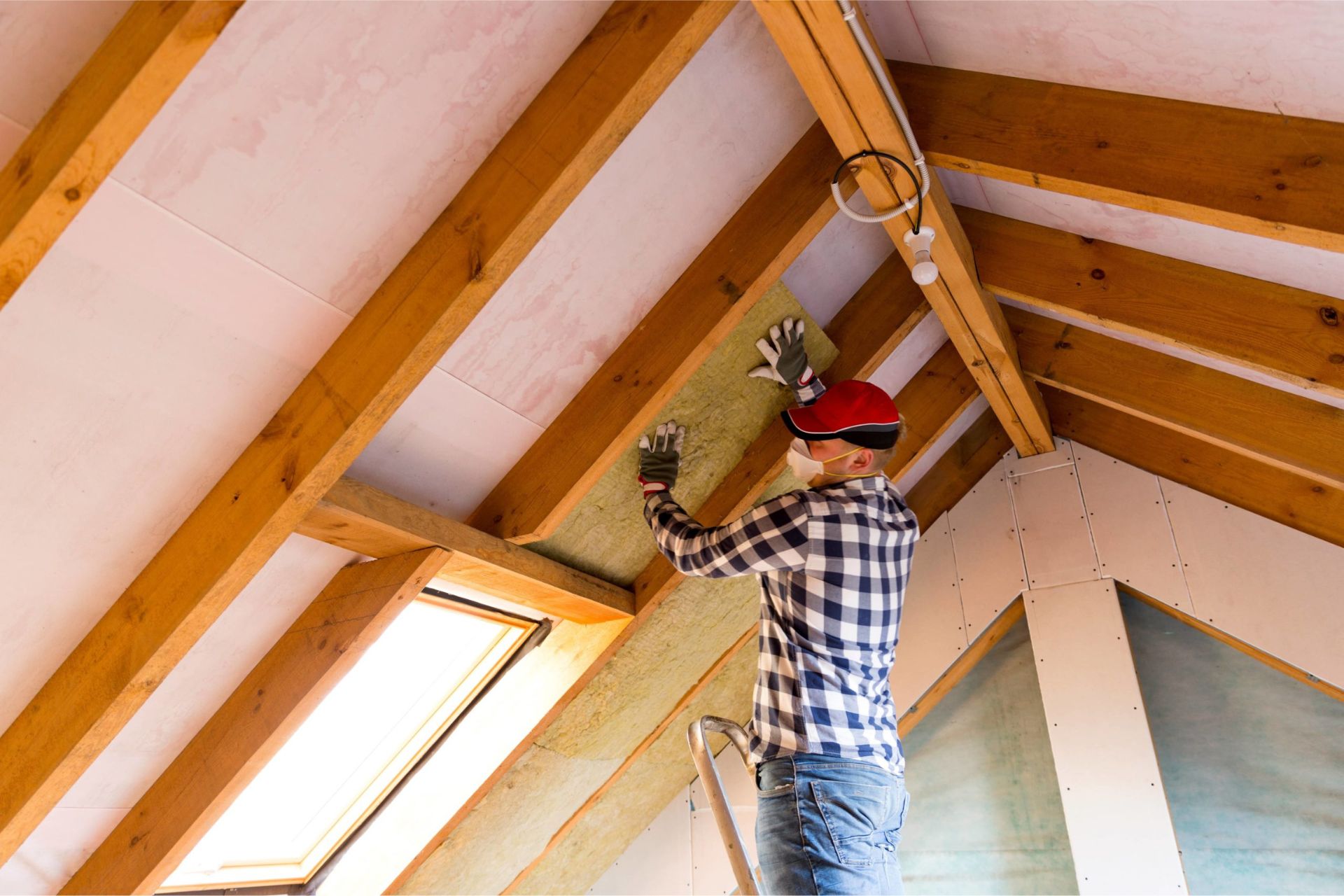
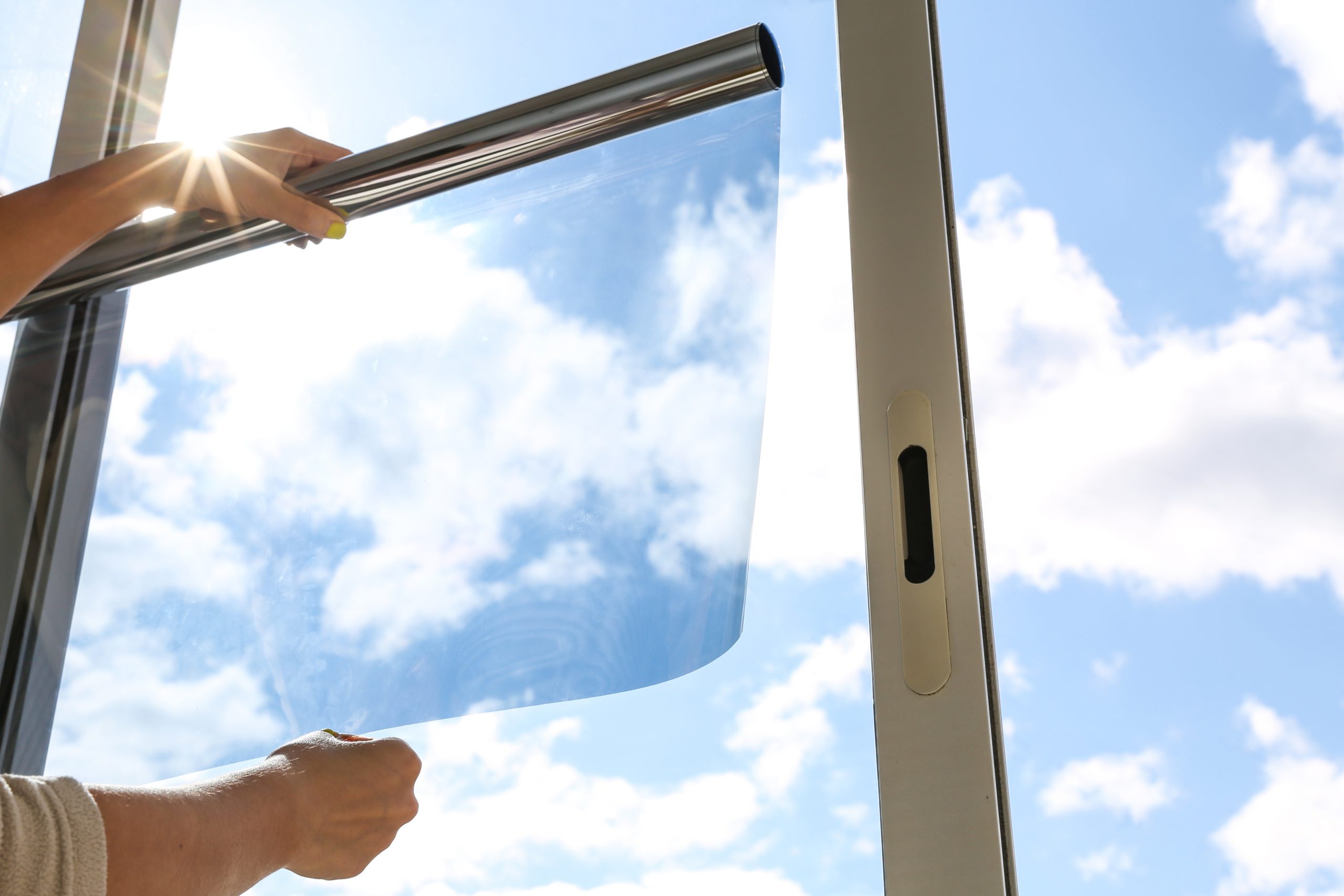
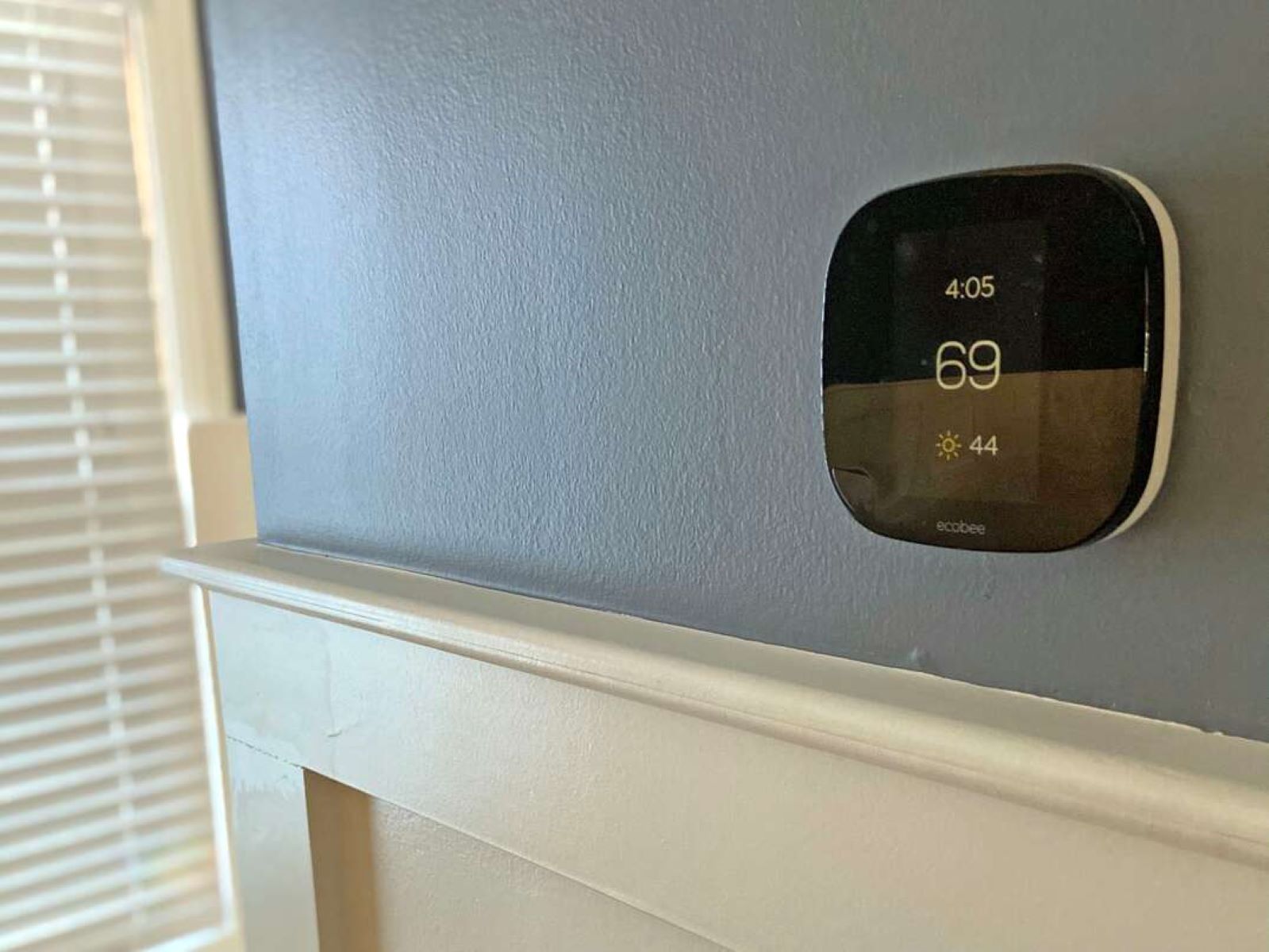
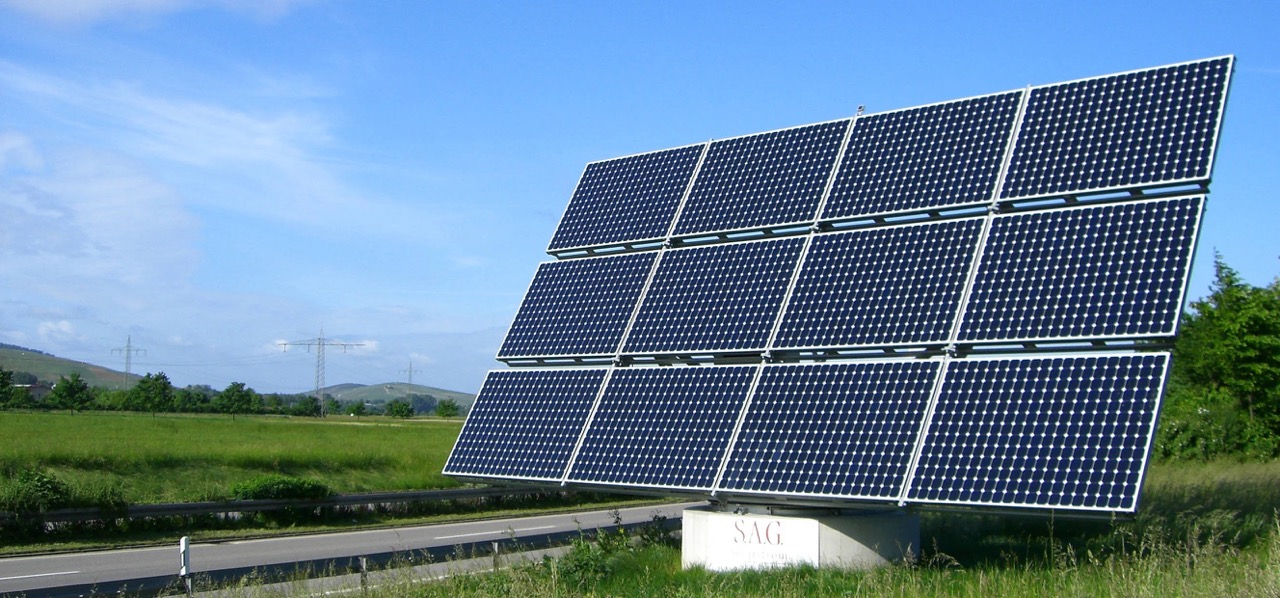
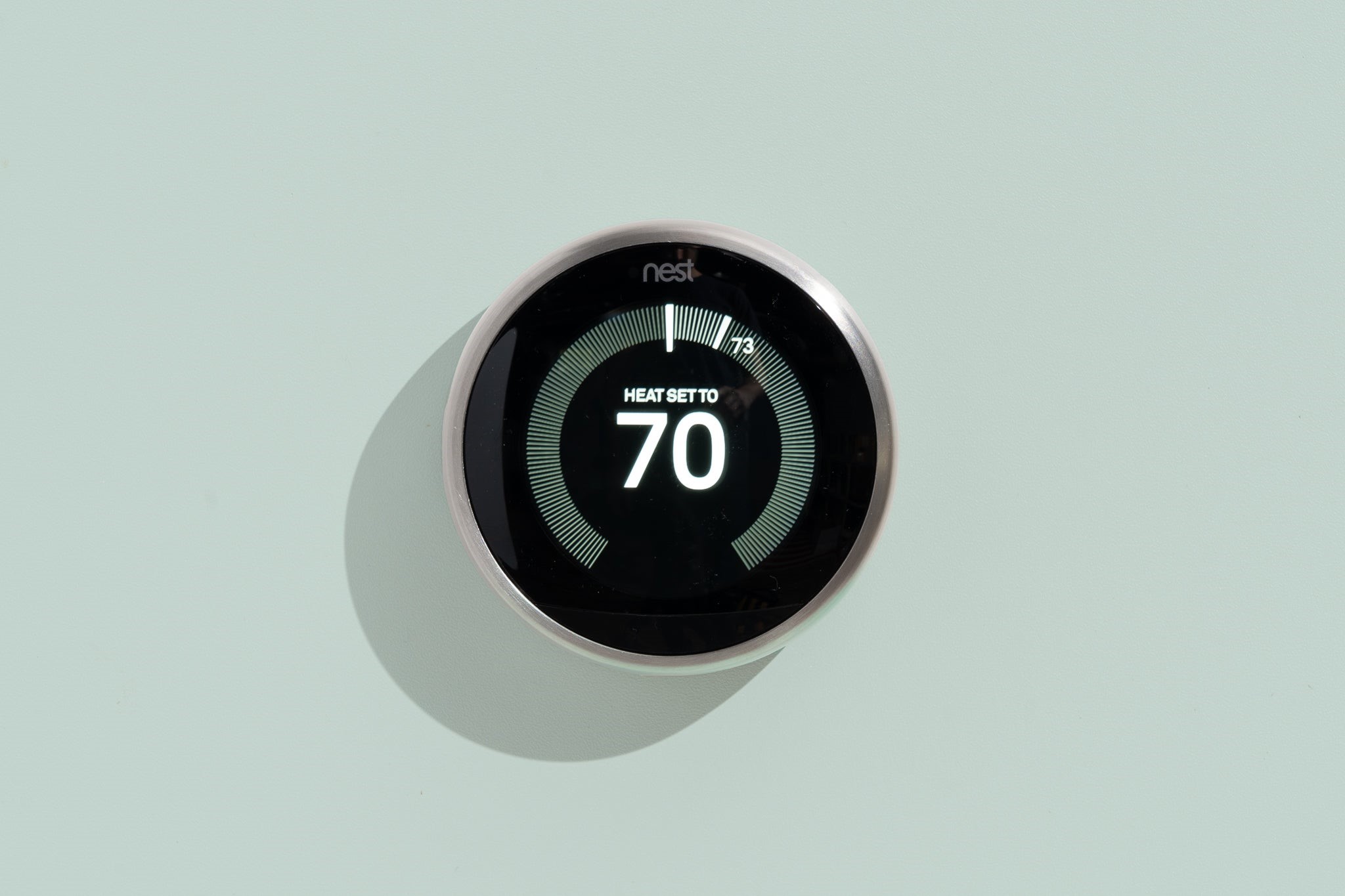
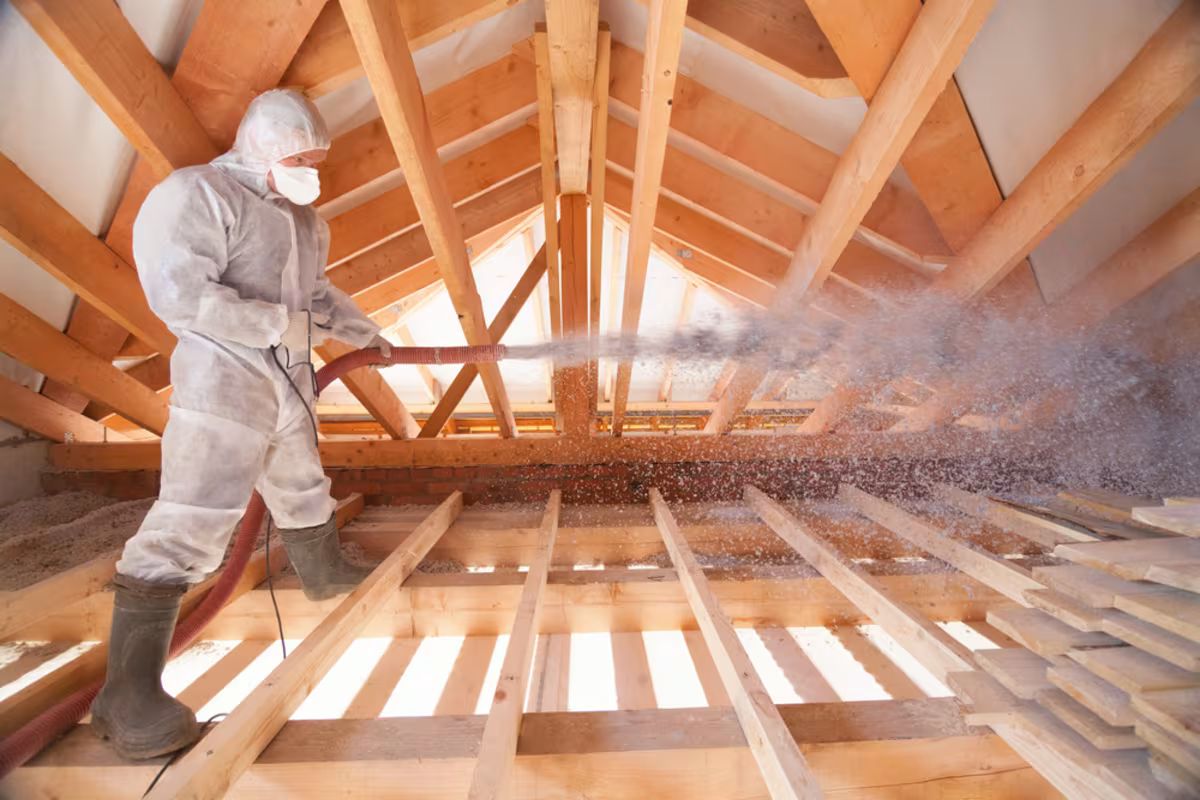
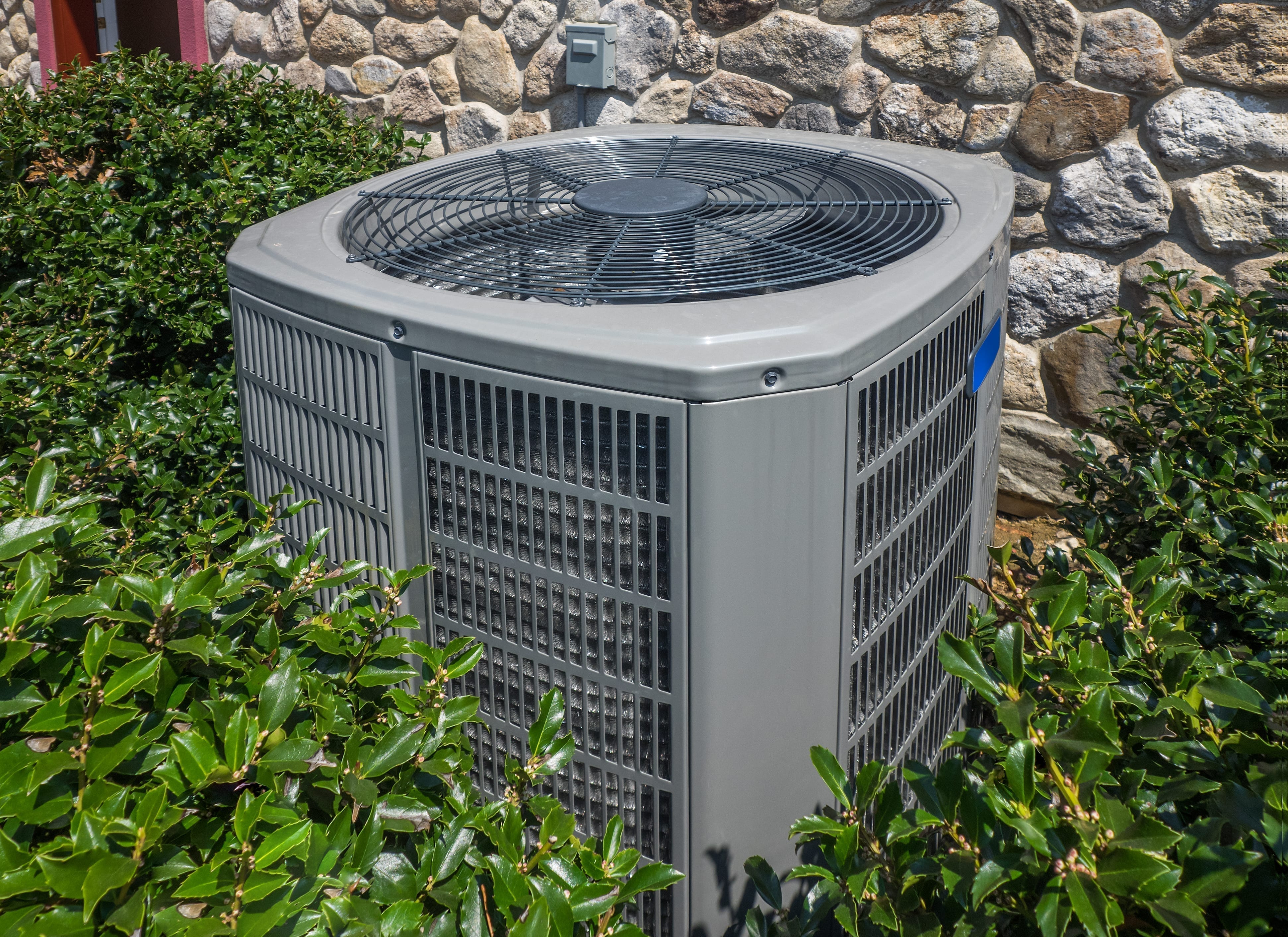
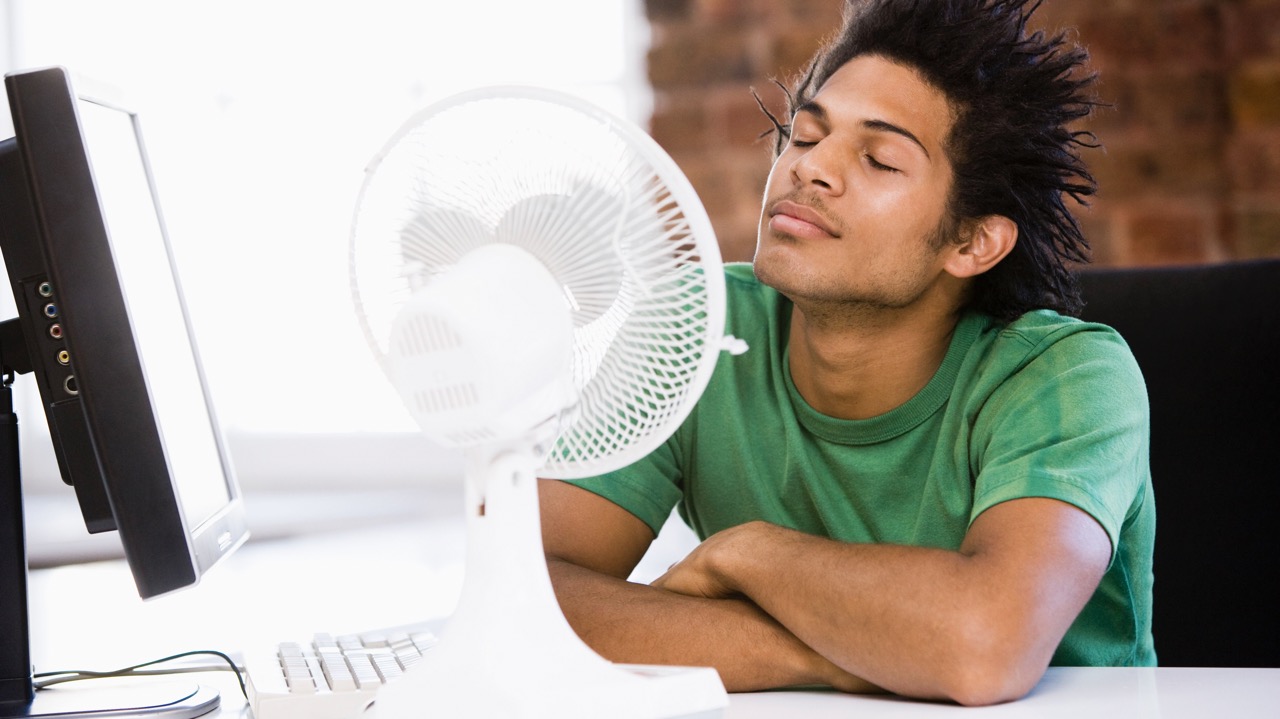

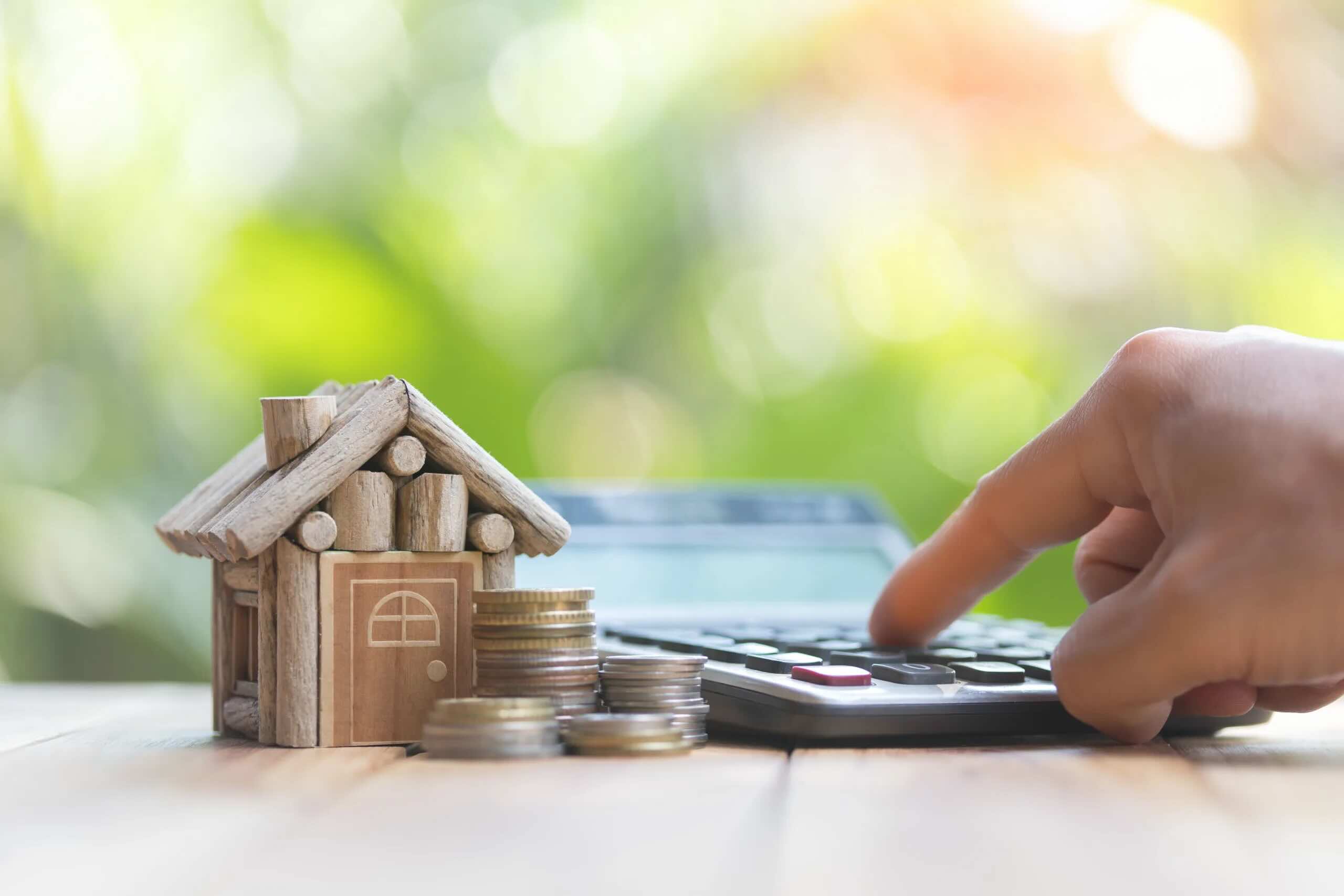

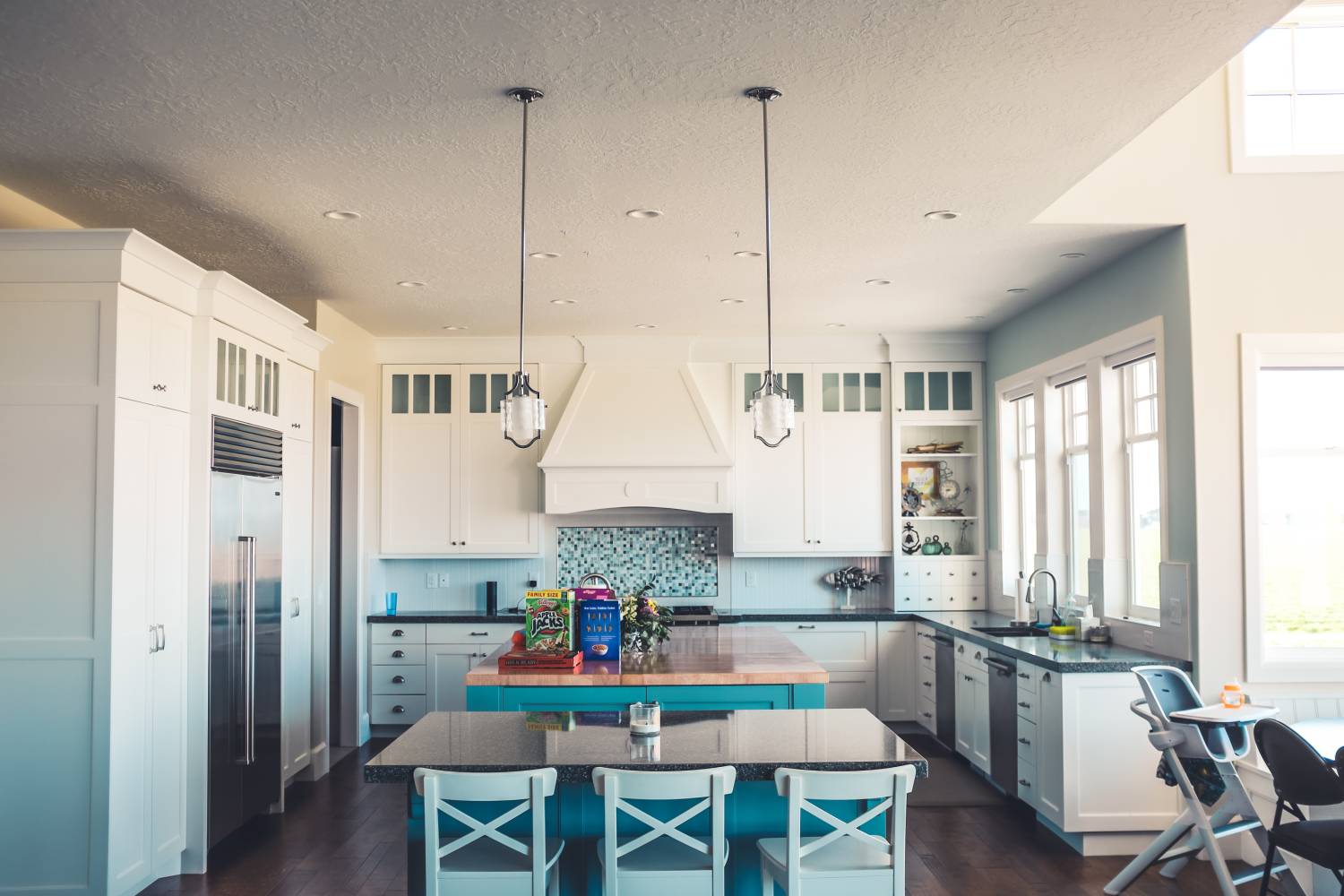
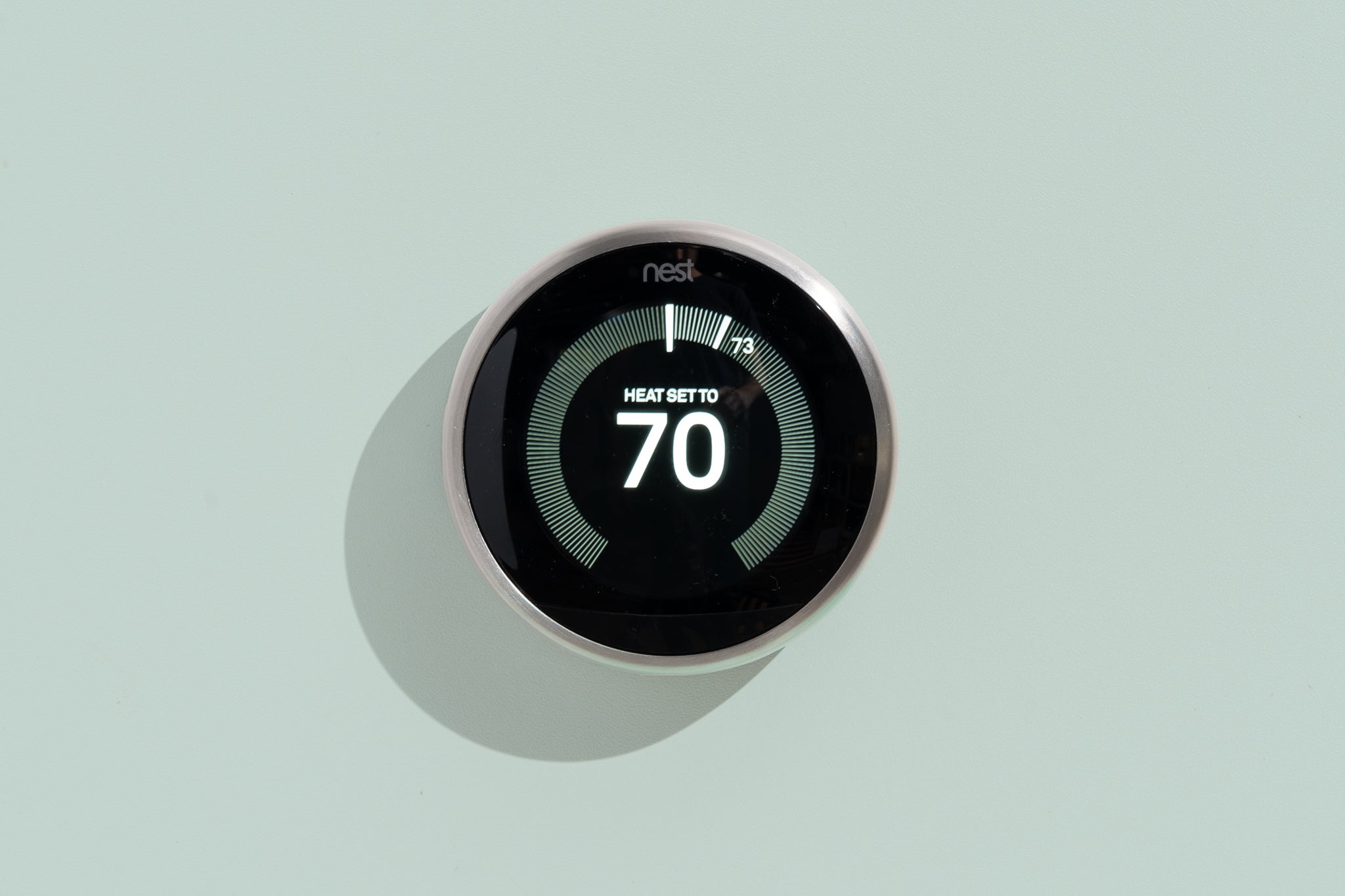

0 thoughts on “How To Save Energy With AC”